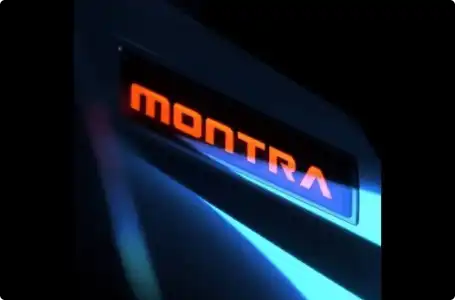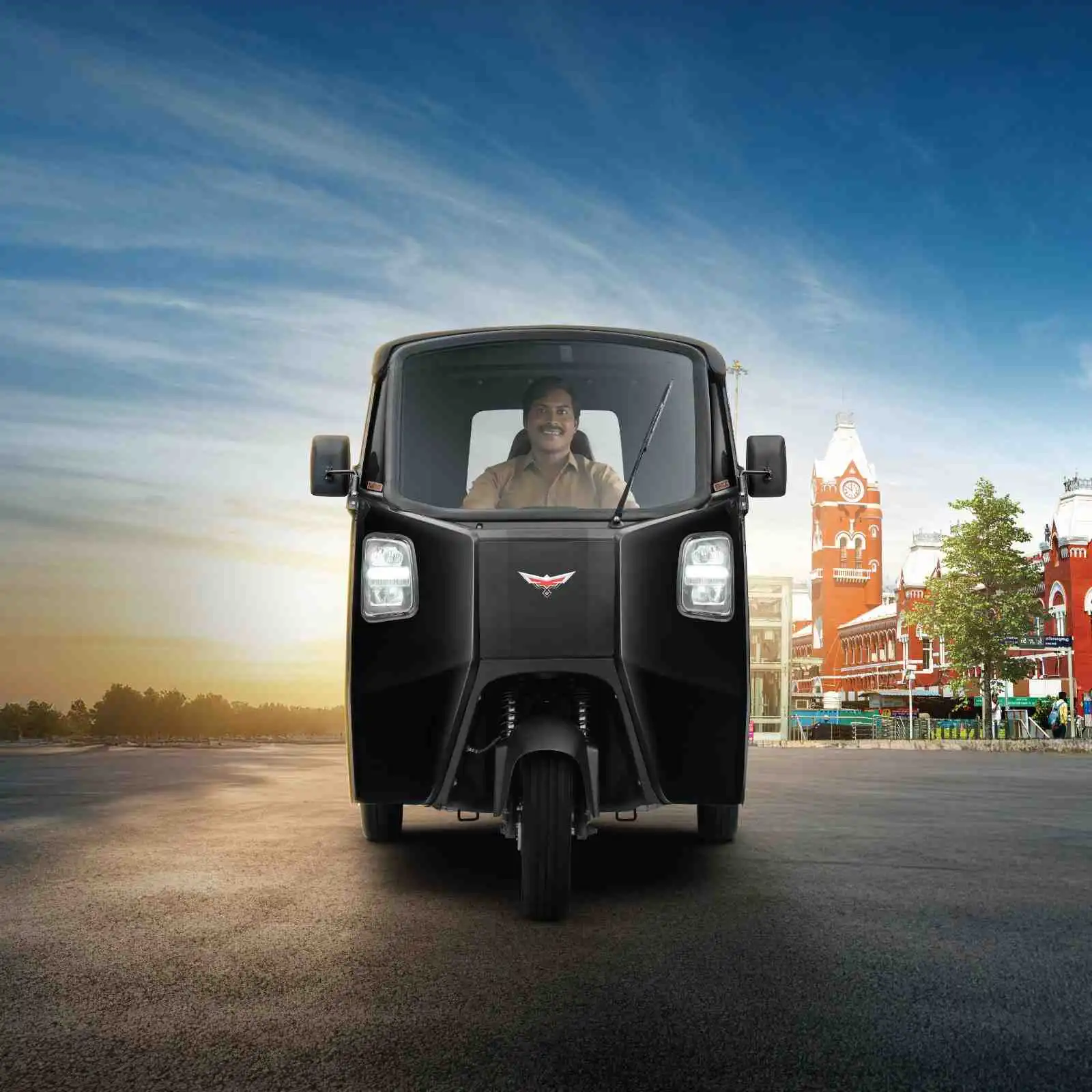21 Feb, 2023 | Industry
India's push towards clean mobility
By Montra Electric Team

As the world population has been on a steady rise, 8 billion now, the need for resources is also increasing correspondingly. But when it comes to energy generation, the equation isn’t proportional. Currently, 57.9% of India’s energy resources are met by burning non-renewable natural resources such as coal, making the country highly dependent on non-renewable resources to meet its energy needs.
This fact might indicate that soon we will be out of natural resources to power our
homes, electronic devices, and vehicles and will be at the mercy of other countries to
meet our electricity demand. The government of India along with other big companies
and conglomerates, have recognized this alarming fact and has begun to take steps in
the right direction to make India a beacon of a country functioning entirely on clean
energy.
The biggest shift visible is in the mobility sector. And it only makes sense as India’s
transportation sector, which presently contributes 6.3% to India’s GDP, is also the
third highest contributor of CO2 equivalent emissions with a sectoral share of 13.2%.
The EV market in India is estimated to be valued at USD 2Bn by 2023 and USD 7.09
Bn by 2025. There are a total of 13,92,265 EVs on Indian roads as of August 2022
(data by Ministry of Road Transport and Highways, India). By 2030, this will likely
increase by 45–50 Mn EVs on the road.
This rapid growth in the electrification of the mobility sector of India has been a joint
effort of both the government and the companies. India’s government has
implemented several policies across various sectors and for pushing to move in the
direction of clean mobility.
Some notable ones include the Faster Adoption and Manufacturing of Electric and
Hybrid Vehicles (FAME) policy, giving incentives and subsidies to companies
manufacturing electric vehicles and customers who purchase electric vehicles. Under
the FAME policy introduced in 2020, 1.5 lakh vehicles, ranging from 2-wheelers to
auto rickshaws to buses, have received subsidies and the number is only climbing.
Electric vehicles and other vehicles running on clean fuels need an ecosystem to
sustain them and for customers to be able to enjoy their full benefits. Aiding in the
government’s push towards clean and electric mobility, along with many other
companies, Montra Electric has jumped on this opportunity to capture the market
share and work with the government to give the shift towards electric and clean
mobility a massive boost with its electric auto in the three-wheeler segment.
India has overachieved its commitment made at COP 21- Paris Summit by already
meeting 40% of its power capacity from non-fossil fuels- almost nine years ahead of
its commitment and the share of solar and wind in India’s energy mix have grown
phenomenally.
With the government’s policies and companies pushing for clean mobility, India’s
future and goal of becoming a leader in clean mobility seem achievable.













